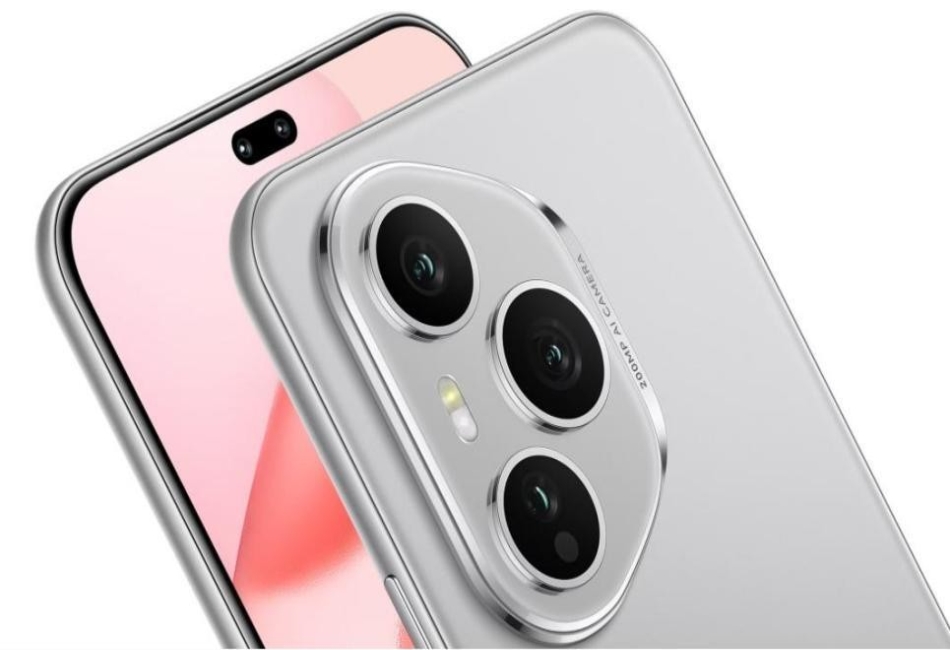Smartphone cameras have evolved from a mere convenience to a powerful tool for capturing stunning images. Understanding the technical specifications driving this evolution can help users choose the best device for their photographic needs. Crucial elements like the sensor size, aperture, and image stabilization play significant roles in enhancing image quality. Meanwhile, software advancements, including computational photography and AI, further refine the pictures we capture. By examining these aspects, one gains a comprehensive view of what constitutes a good smartphone camera and how to leverage these features to enhance photography experiences. This article delves into the essential specs that elevate smartphone camera quality, making your decision-making process more informed and straightforward.
Core Hardware Specs That Matter
Sensor Size & Pixel Size
The sensor is the heart of any camera, and its size significantly affects image quality. A larger sensor captures more light, producing better photos, especially in low-light conditions. This is why cameras with bigger sensors tend to excel in diverse lighting scenarios. Pixel size also matters—larger pixels (measured in micrometers) improve light sensitivity, contributing to clearer and more vibrant images. While more pixels can mean higher resolution, the sensor’s ability to accommodate those pixels without overcrowding is crucial. Overcrowding can degrade photo quality by increasing noise. Therefore, when evaluating a smartphone camera, consider both sensor size and pixel size for superior performance, particularly when shooting in variable lighting conditions.
Megapixels vs Actual Image Quality
It’s easy to assume that more megapixels automatically translates to better photographs, but this isn’t always true. Megapixels determine the resolution and the potential for enlarging photos without losing detail. However, they don’t account for light sensitivity, color accuracy, or dynamic range. Manufacturers might cram numerous megapixels into a sensor, but without adequate sensor size and quality, this can lead to poorer image performance, especially in low light. Thus, while megapixels are vital for printing and cropping images, they are just one part of a much broader equation when measuring a camera’s overall quality and capability.
Aperture, OIS & Autofocus
Aperture influences a camera’s depth of field and low-light capability. A wider aperture (lower f-number) allows more light into the sensor, improving performance in dim lighting and achieving a pleasing bokeh effect. Optical Image Stabilization (OIS) combats motion blur, crucial for handheld shots in low light. Autofocus technology ensures swift focus adjustments, crucial for capturing moving subjects. These hardware elements collectively enrich the photography experience by enhancing the quality and variety of photos one can capture. When these features work together seamlessly, they ensure consistent clarity, sharpness, and detail in every shot.
Software & Processing Enhancements
Computational Photography & AI Processing
Software advancements have revolutionized smartphone photography. Computational photography involves algorithms that improve image quality, delivering results beyond the hardware’s native capabilities. Techniques like HDR, portrait mode, and night mode utilize multiple exposures and AI to enhance images. AI processing intelligently adjusts settings in real-time, correcting colors, exposure, and reducing noise. This software prowess enables even mid-range phones to punch above their weight, generating images that rival those captured by premium models. By processing and optimizing the nuances of a photo, these technologies allow photographers to capture moments with striking accuracy and artistic flair.
Zoom Tech: Optical, Periscope & Software
Zoom capabilities in smartphone cameras have drastically improved. Optical zoom maintains image quality by using lenses to bring subjects closer without digital enhancement. Periscope lenses achieve more considerable zoom levels within the slim profile of a smartphone by using angled lenses to extend the physical zoom range. Meanwhile, digital zoom merely crops and enlarges a picture, often reducing quality. Software innovations such as lossless hybrid zooms blend optical and digital techniques to offer impressive zoom capabilities without significant loss. These technologies empower users to capture distant subjects with remarkable detail and clarity, expanding the creative possibilities of smartphone photography.
Stabilization & Low-Light Optimization
Stabilization technology, including Optical Image Stabilization (OIS) and Electronic Image Stabilization (EIS), plays a pivotal role in smartphone photography. These features minimize blur caused by shaky hands or moving subjects, ensuring sharp images even in challenging conditions. Low-light optimization, achieved through larger sensors, wide apertures, and advanced algorithms, significantly enhances the ability to capture well-lit, detailed images in dim environments. The integration of these technologies enables users to shoot in a wide range of conditions, maintaining image quality without requiring additional equipment or perfect lighting conditions.

How to Evaluate Real-World Photo Performance?
Benchmarks, Real Tests & Comparison Reviews
For accurate assessment of a smartphone camera’s performance, benchmarks and real-world tests are invaluable. Benchmarks like DxOMark offer standardized scores on various parameters like exposure, color, texture, and noise. Real-world tests examine camera functionality across different scenarios—daylight, backlight, lowlight, and motion. Comparison reviews pit devices against each other, highlighting strengths and weaknesses. These insights provide a comprehensive understanding of how a smartphone camera performs outside of just specs. When considering a new device, research and utilize these resources to ensure you select a smartphone that excels in the criteria most important to your photographic needs.
Balancing Specs with Usability & Handling
While hardware and software are critical, practical usability and handling shouldn’t be overlooked. A smartphone camera’s interface and ease of use impact your shooting experience significantly. Features such as intuitive controls, customizable settings, and quick-access shortcuts enhance the photography process. Additionally, ergonomic design affects how comfortably you can hold and maneuver the phone during photography. Therefore, the balance between specs and usability is crucial; a phone that feels awkward to handle may deter you from capturing spontaneous moments, diminishing the overall user experience.
Choosing Based on Your Photo Needs
When selecting a smartphone camera, align the device’s features with your specific needs. If you’re passionate about landscape photography, prioritize wide-angle capabilities and high-resolution sensors. Portrait enthusiasts should focus on devices with excellent depth sensing and bokeh effect options. For night photography, low-light optimization and robust stabilization are essential. Consider your priorities—whether it’s zoom, manual controls, or software enhancements—and match them with the appropriate features. Devices like the HONOR 400 pro provide a well-rounded feature set that caters to multiple photography styles, making them a versatile option for diverse users.
Conclusion
Understanding which specifications influence smartphone camera quality offers invaluable guidance in choosing the ideal device. Key hardware elements such as sensor size, aperture, and stabilization technologies form the foundation of superior image capture. Meanwhile, advancements in computational photography and AI processing further refine photo quality. By combining these features with real-world evaluations and personal photo priorities, users can select smartphones that truly enhance their photography experience. Knowledge is power, and by leveraging this insight, photographers—amateur and professional alike—can capture their world with unparalleled clarity and creativity.




